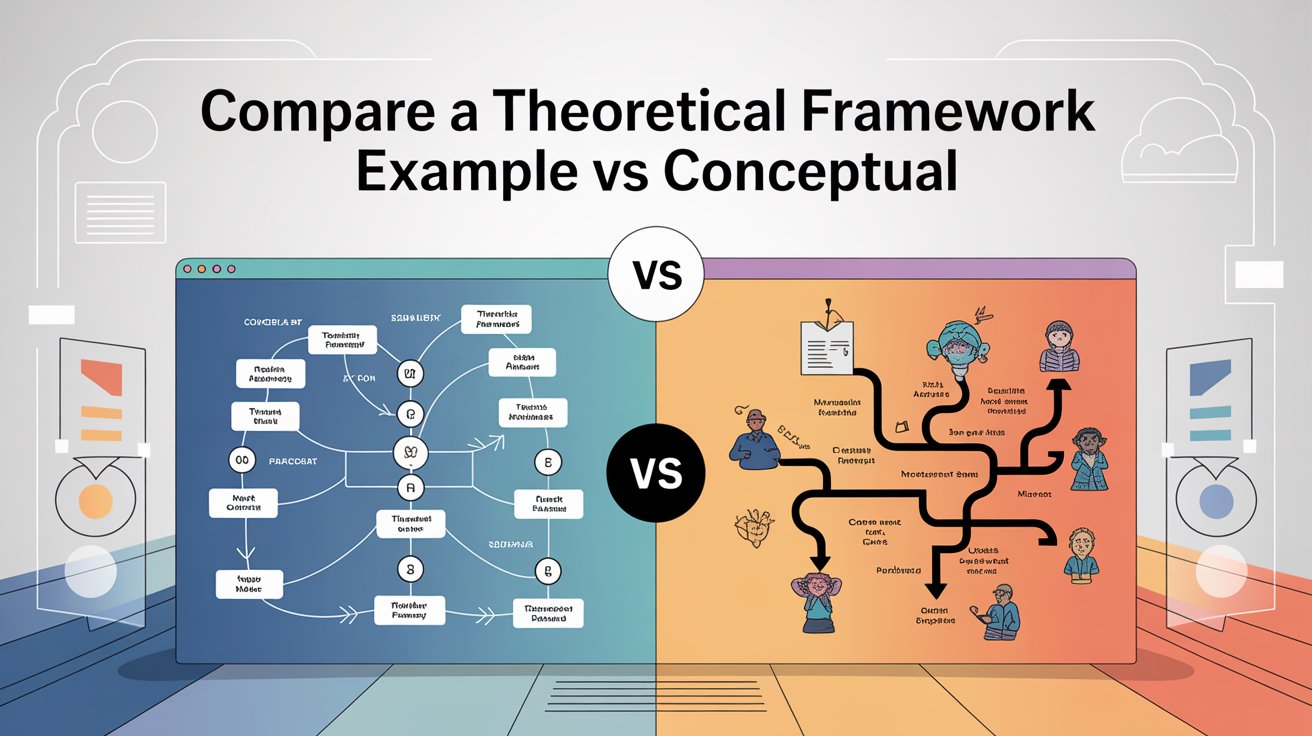How E-commerce Companies Use Machine Learning for Product Recommendations?

Strong 8k brings an ultra-HD IPTV experience to your living room and your pocket.
Think about the last time you bought something online. Chances are, you didn’t just search for one product you probably got a few suggestions along the way. A “Customers also bought…” or “You might also like…” carousel nudged you to explore more. That’s not luck. That’s machine learning at work.
In the fiercely competitive e-commerce space, product recommendations have become one of the most powerful tools for increasing conversions, improving customer satisfaction, and boosting average order value. At the core of this engine is machine learning training algorithms to understand, predict, and influence customer behaviour at scale.
Let’s break down how it works, why it matters, and why now’s a smart time to understand this field through a solid machine learning course.
The Basics: What Is Machine Learning in E-commerce?
Machine learning (ML) is a disruptive force in the e-commerce space that helps organizations increase customer satisfaction, be more efficient and increase profitability. The simplest interpretation of machine learning is an area of artificial intelligence (AI) that allows systems to learn based on data inputs, which then learns something and improves over time without being programmed explicitly.
Personalized Shopping Experiences
An area machine learning is commonly applied in e-commerce is within recommendation engines that produce personalized product recommendations. These recommendation engines utilize algorithms that analyze customer behaviour, browsing history, and purchasing behaviour to predict what products a shopper is most likely to purchase. Most organizations utilize recommendation engines including Amazon and Netflix, who use recommendation engines to suggest products and create chances for purchases and customer satisfaction.
Inventory and Supply Chain Optimization
Another important application of machine learning is optimizing supply chain and inventory management. Utilizing machine learning, algorithms can begin to forecast a demand pattern based on the conditions that lead to demand, including seasonality, customer preferences and external market conditions. When integrated in the right way, machine learning will let e-commerce businesses properly stock products, and avoid both excess inventory that could lead to discounted prices and not have products in stock that are in demand. Machine learning is not only present in e-commerce, but it joggles between various other areas of business and is fast becoming one of the strongest fields of AI that is in motion.
Fraud Detection and Prevention
Security is critical for e-commerce. There are machine learning algorithms for spotting fraudulent behaviours. Machine learning can examine transactional data and recognize atypical behaviours, allowing it to identify to flag up a fraudulent transaction in real time before fulfilment, reducing fraud risk, and creating a safer transaction for both clients and merchants.
Chatbots and Customer Support
Machine learning can enhance customer services as well through intelligent bot technology. Bots can learn to understand customer questions on your website, generate an appropriate answer, and resolve issues without the involvement of a human operator. Bots learn as they compile more transactions to respond to, creating improved fluidity in customer engagement.
Types of Recommendation Systems in E-commerce
Recommendation systems play an an important role in e-commerce allowing online businesses to create a personalized shopping experience for customers intended to maximize sales through product suggestions matching the unique preferences of an individual customer. There are many different types of recommendation systems which utilize various techniques for making individual recommendations. Listed below are the most common types of recommendation systems deployed in e-commerce today.
Collaborative Filtering
Collaborative filtering is one of the most common recommendation techniques in e-commerce today. Collaborative filtering is based on the hypothesis that if two or more users had similar preferences, their future preferences will also be similar! Collaborative filtering is broken down into two types:
• User-based Collaborative Filtering: This technique recommends products based on what a similar user purchased. For example, if user A and user B purchased similar items, and user A has purchased product X but user B has not, product X would be recommended to user B.
• Item-based Collaborative Filtering: This technique recommends products based on their relationship to items the user has already engaged with. If a customer buys a specific product, the recommendation systems will recommend products that are commonly purchased together with the purchased item.
Content-Based Filtering
Content-based filtering makes recommendations based on the features and characteristics of items that a customer has previously shown an interest in. The system will analyze and recommend based on the features of items such as brand, category, price, or colour. For instance, if a customer buys a pair of running shoes, the system may recommend shoes of a similar type, colour, or brand.
Hybrid Systems
Hybrid recommendation systems perform in a way that is a combination of several techniques, for example, collaborative filtering and content-based filtering to make more relevant and diversified product recommendations. Hybrid systems can apply complementary characteristics of the different models in an effort to minimize the limitations of a single approach. For example, a hybrid recommendation system may use collaborative filtering to make recommendations using similarity measures across users, while the collaborative filtering recommendations are then refined using content-based filtering to ensure relevant recommendations.
Knowledge-Based Recommendations
Knowledge-based recommendation systems work off explicit preferences or needs of the customer, as opposed to using past data and history. Knowledge-based recommendations systems are useful in atypical purchasing situations where repeated purchases aren't typical; for example: very expensive electronics or one-time purchases like furniture. Usually, the system will ask the consumer explicit questions, implying preferences (e.g. brand, features, size) and gives product recommendations input through knowledge base.
Demographic-Based Recommendations
Demographic-based recommendation systems suggest products based on the user's demographic information, such as age, gender, location, or income. For instance, a clothing retailer might suggest different products for men and women, or recommend specific products based on the user’s geographic region, like winter clothing for people in colder climates.
Real-World Examples of Machine Learning in Action
Demographic-based recommendation systems recommend items based on demographic information like age, gender, location, and income. For example, a clothing retailer may recommend item differently based on sex (man/woman), or via their geographic region, such as recommending winter clothing to people residing in snowier climate.
1. E-commerce: Personalized Recommendations
Meanwhile, machine-learning (ML) applications pervade industries from healthcare, to e-commerce, and entertainment. Below are several examples of how machine learning is being used in real-world contexts:
One of the more pronounced examples of machine learning in e-commerce is personalized product recommendations. Companies such as Amazon, Netflix, and Spotify utilize ML algorithms to analyze customers' browsing, previous purchases, and propensity to recommend products, movies, or songs. For example, Amazon’s recommendation program predicts what products a user may be interested in, based on previous transactions and interactions. Using collaborative filtering (user-based or item-based), and content-based filtering, Amazon assures that its customers are always shown relevant options, leading to increased conversion rates and overall customer satisfaction.
2. Healthcare: Early Disease Detection
Machine learning is being utilized in healthcare for early identification of illnesses and precision in diagnostics. For example, Google Health and IBM Watson Health are utilizing AI systems that analyze and process medical data, including medical images, patient records, and genetic data, to identify diseases including cancers, heart disease, and diabetic retinopathy at their onset.
3. Finance: Fraud Detection
Machine learning is widely used in the financial service sector with fraud detection and risk management. Companies including PayPal and mastercard use machine learning algorithms to continuously monitor their transactions and will flag suspicious activity based on transaction patterns considered outside of normal transaction pattern behaviour.
4. Transportation: Autonomous Vehicles
Machine learning is at the heart of organizations developing autonomous vehicles. Companies including Tesla, Waymo, and Uber are using ML to enable their cars to drive themselves, including recognizing objects, navigating, and making real-time decisions while driving, with no human involvement.
5. Retail: Demand Forecasting and Inventory Management
Machine learning is being employed by retailers in demand assessment and inventory strategies. Retailers including Walmart and Zara are using ML to estimate how consumers will use products and influencing inventory strategies to develop supply chains.
6. Social Media: Content Personalization
Social media platforms including Facebook, Instagram, and TikTok are utilizing machine learning in their user feeds. These platforms study user interactions such as likes, comments, and shares to determine what content will be the most appealing.
Why Machine Learning Is Crucial for E-commerce Growth?
The e-commerce industry has experienced a fundamental change, thanks to the rise of machine learning (ML) technologies for business optimization, improving customer experiences, and driving increased sales. As e-commerce continues to rapidly proliferate, machine learning will be more important than ever for businesses looking to remain competitive in this market - and a key strategy for sustained success. Here is an outline of how machine learning can help drive growth in e-commerce business.
1. Personalized Shopping Experience
Personalization drives customer satisfaction and loyalty, which is essential in today's competitive e-commerce landscape. Through machine learning, businesses are able to analyze and interpret large amounts of customer data, such as previous purchases, browsing/activity history, and customer demographics, allowing for effective personalization with updates recommendations and a customized content experience.
2. Optimized Pricing Strategies
Machine learning can also enable e-commerce businesses to dynamically price goods and services by in real-time analyzing entire markets, competitor prices, and customer demand based on a wide variety of variables. This enables businesses to quickly respond and change pricing because of relevant factors, including changes in demand based on product popularity, seasonal fluctuations in the demand, and customer shopping preferences.
3. Efficient Inventory Management
E-commerce is established and run on inventory management, and getting inventory management right can be the difference between success and failure. Machine learning enables companies to better predict demand by analyzing historical sales location and data, market trends, national trends, and sometimes even consider external factors (like weather patterns or holidays) that may influence when orders are placed. Precise demand forecasting leads to more productive management of inventory and ensures that companies carry (stock) the right products for customers at the right time.
4. Enhanced Customer Service with AI Chatbots
The importance of good customer service cannot be underestimated in any e-commerce business, but providing support has its challenges because manual support is so time-consuming and expensive. However, leading organizations in customer service are now incorporating AI into their support strategy. With machine learning-based chatbots that can learn and adapt to millions of variations of questions asked by customers, they are able to provide near-instant support, 24/7 for common inquiries and problems.
5. Fraud Detection and Prevention
Customer concerns around privacy, protection and fraud have been amplified in consumption, and thus security is also paramount in e-commerce. Through machine learning algorithms, the system can analyze transaction patterns and flag fraudulent activity. It is similar to gaming. When it spots an anomaly or suspicious transaction, machine learning can enable the business to investigate and respond in real-time which can help minimize fraud that both impacts customers and merchants.
The Talent Gap: Why Companies Are Hiring Machine Learning Experts
Machine learning (ML) has developed from a niche technology into a mainstream technology that is essential to anything from e-commerce recommendations to self-driving cars. As more companies adopt ML to stay competitive, it has driven the demand for machine learning practitioners sky-high. Many companies are now looking for qualified data science practitioners to help them understand this increasingly important technology, which has revealed a talent gap. Here is what has contributed to this talent gap to why companies are rapidly hiring machine learning practitioners.
1. Complexity of Machine Learning Models
Machine learning models are complex systems, not simply algorithms, and it requires significant expertise to build, optimize, and maintain these models. The general public thinks that building high performing models for applications of ML (fraud detection, natural language processing, recommendation engines) are simple projects. In actuality, building ML models requires a good understanding of complex maths, algorithms, and statistics.
2. Growing Demand Across Industries
Machine learning isn’t limited to tech giants like Google, Facebook, or Amazon. Almost every industry, from healthcare to finance, automotive, retail, and entertainment, is harnessing ML technologies to drive innovation, improve efficiency, and enhance customer experiences.
3. Rapid Technological Advancements
It's important to note that machine learning isn't only used by tech companies like Google, Facebook, or Amazon. Practically every industry from healthcare, finance, energy, retail, entertainment are using ML technologies to innovate their industries, improve efficiency, and deliver better customer experiences.
4. High Stakes of Data-Driven Decisions
In the contemporary world, it is becoming standard to make business decisions based on data, and perhaps because of this, the stakes are higher than before. Poorly designed or inaccurate machine learning models will lead to bad predictions, lost revenue, and in some cases, a tarnished reputation. Businesses cannot afford to hire unqualified people to work on their machine learning team or simply provide inadequate training.
Final Thoughts
Here is the reality; machine learning is no longer simply buzzword -- it is the engine driving the largest online platform. And product recommendations, merely a piece of the puzzle.
If you are an aspiring e-commerce business manager, a data science practitioner, or an aspiring AI wizard, now is that time -- do not take a liking, your passion for learning how these systems work; you need to be serious. You do not have to be a math PhD to understand the rationale for what is happening here. You need proper training, practical experience and various positive learning attitudes.
So if your curiosity has been piqued, get off the couch and leave the consumer end behind; start hacking your way into it. Take a machine learning course, start creating, and you will soon be that person behind the algorithms other people depend on daily.
Note: IndiBlogHub features both user-submitted and editorial content. We do not verify third-party contributions. Read our Disclaimer and Privacy Policyfor details.







